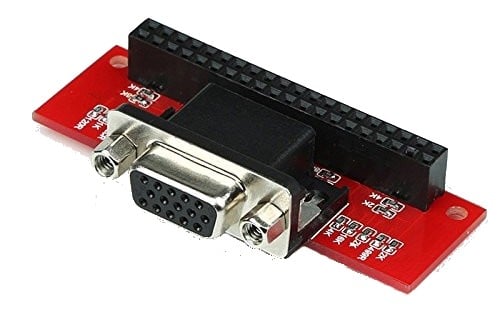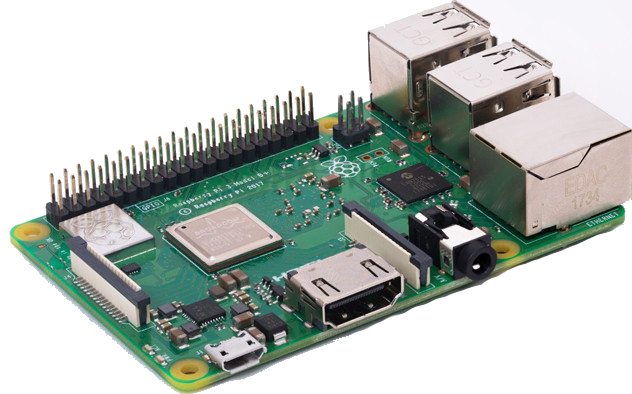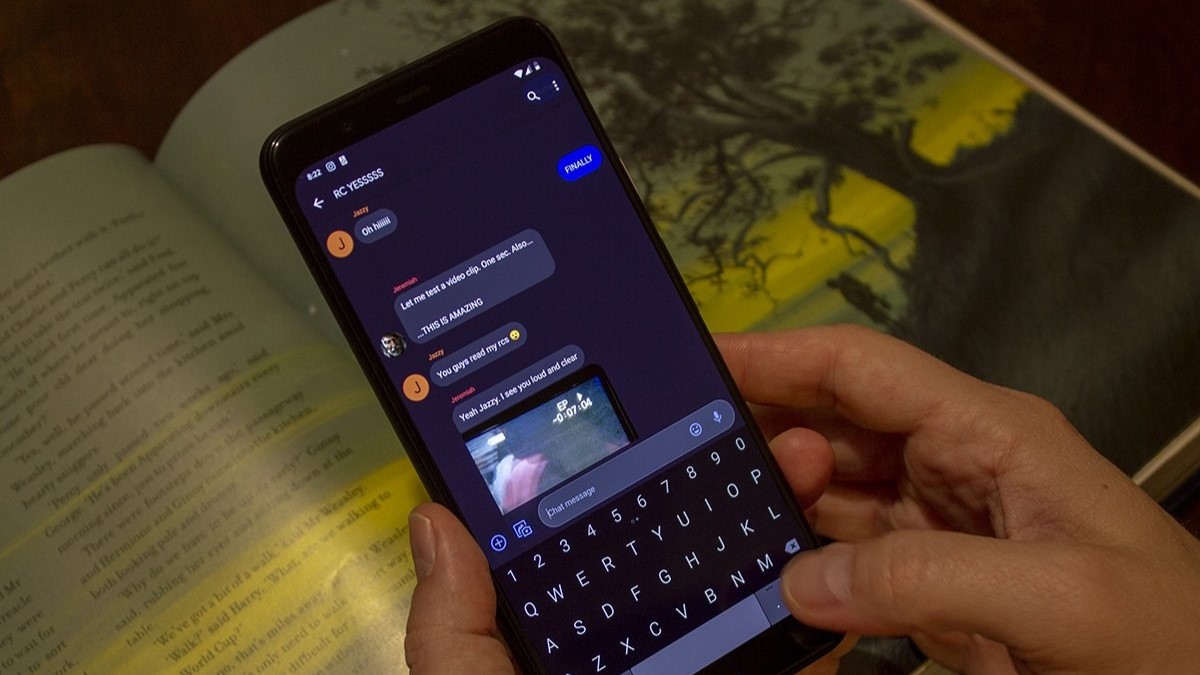Can you use multiple monitors with the Raspberry Pi 3 B+?
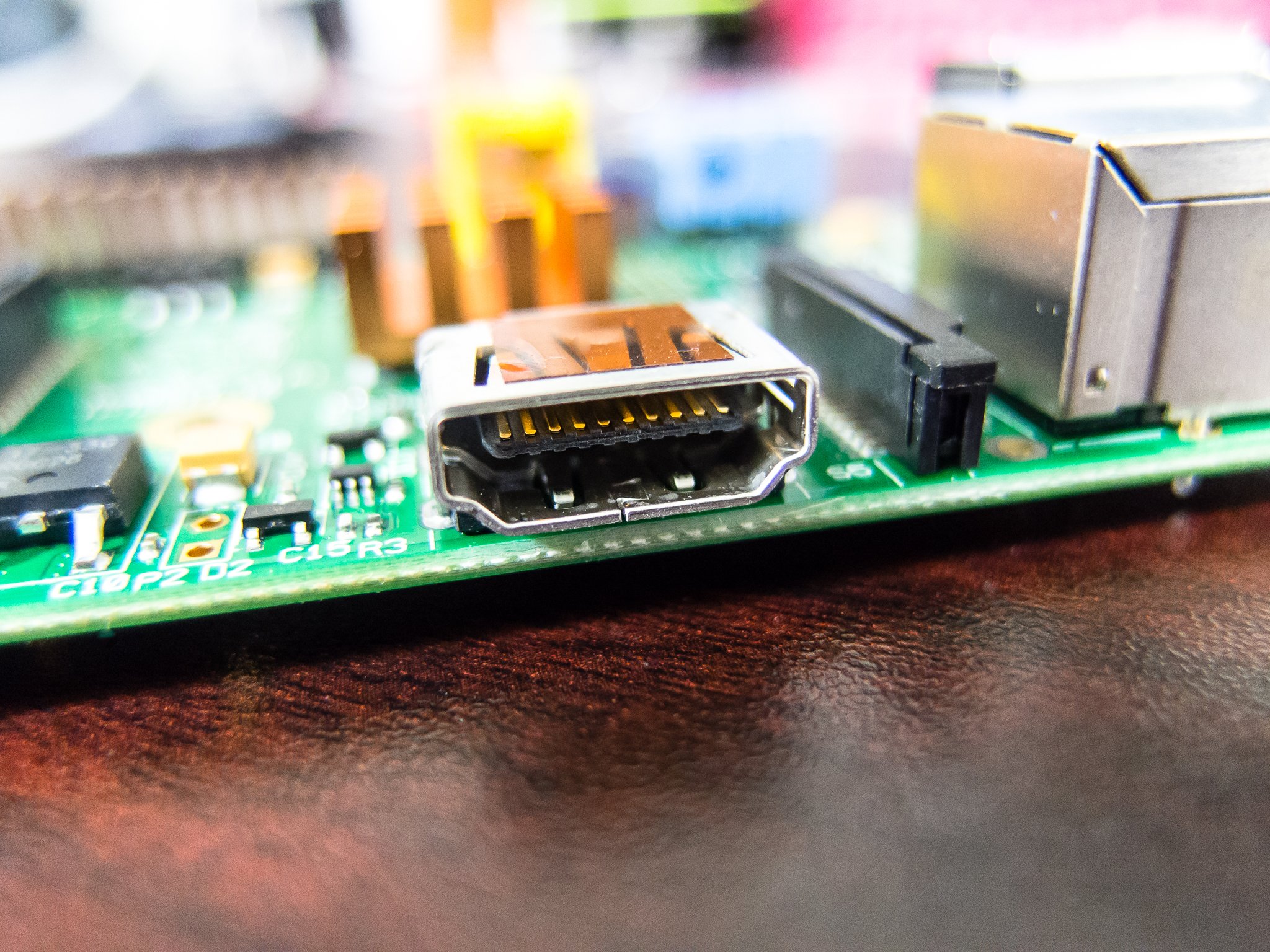
Best answer: Yes you can use two displays with a Raspberry Pi, but you will need to buy some other components depending on how you want to use those displays. You'll need an adapter with a DisplayLink chip or a VGA666 Adapter to use it as a true secondary monitor. You should also know in advance: this isn't easy to set up.
- The following products were found on Amazon:
- Raspberry Pi 3 B+ ($40)
- Cable Creations USB to VGA adapter ($31)
- EP-0073 Gert VGA666 Adapter Board ($14)
An extended desktop solution
The most common reason people want to use two monitors with a Raspberry Pi is to have an extended desktop environment like you would find on a larger, more expensive computer. This is doable with an inexpensive USB to VGA Displaylink adapter and a bit of knowledge about reconfiguring the kernel and X Windows configuration of your operating system.
You'll need to make sure of two things on the hardware side: that the adapter you have is using a DisplayLink chipset and that the monitor you are using will accept a VGA signal, either through its own VGA port or through the use of an adapter. On the software side, you'll need to download the Linux kernel sources and build them for the Raspberry Pi. You can do this on the Raspberry Pi itself or another computer running Linux and grabbing the kernel configuration file from the Raspberry Pi itself.
While the hardware is easy to figure out, the software can be more difficult. Luckily, the official Raspberry Pi forum has a thread dedicated to using two displays through a DisplayLink USB adapter that will walk you through the entire process.
A secondary display
You can also use the second display to run applications that drive the GPU directly like media players. This is useful for an application that might use a small LCD as a controller but display video on another screen, such as a programmable sign or kiosk. It's also a lot simpler to set up because it doesn't need a new kernel.
Be an expert in 5 minutes
Get the latest news from Android Central, your trusted companion in the world of Android
You can do this using what's called a Gert VGA666 Adapter. It's an open-source circuit board that you can build yourself using this layout at GitHub or buy prebuilt from several sources. It attaches to the Raspberry Pi's GPIO pins and sends video out through an industry standard VGA 666 (6-bit red, 6-bit green, 6-bit blue) that most any monitor can decipher using the correct cabling.
Once connected, commands to display software that interacts directly with the GPU can be sent to run on the connected display. It too requires some configuration, but you'll find easy to understand directions at the official Raspberry Pi forum.
Not for the faint of heart
As you can tell, the Raspberry Pi wasn't really designed to be used with more than one display. Clever folks have found ways to make it happen, but they aren't ideal and may be more than you're willing to undertake.
A Raspberry Pi is a great little device for a lot of things — including a miniature desktop PC — but it lacks the power and ports to do everything. Sometimes, you just have to go bigger. Just make sure you know what you're doing first.
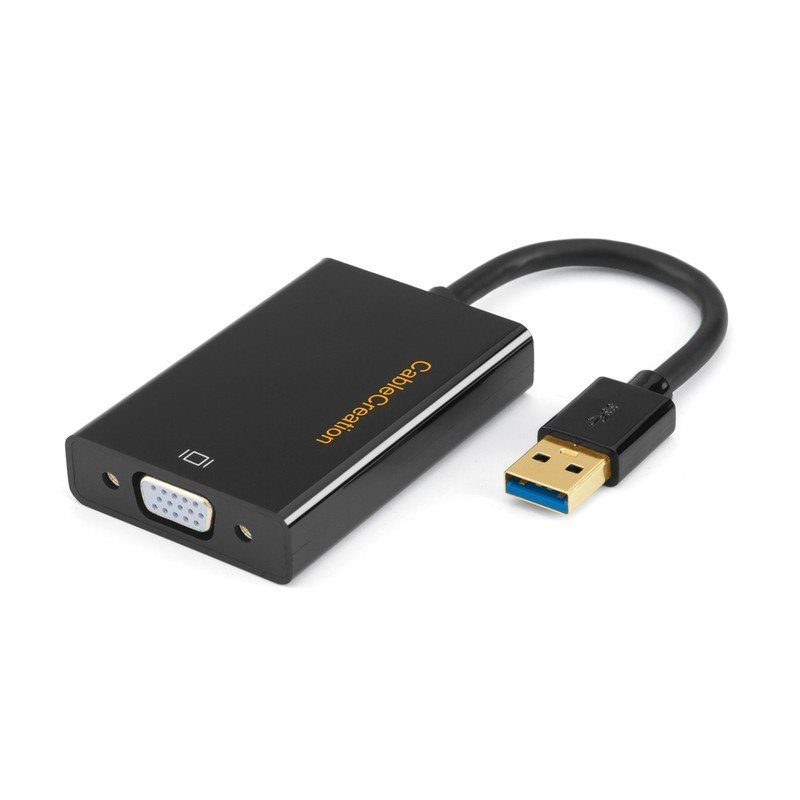
Supports 1080p through USB 3.0
There are a lot of USB to VGA adapters out there, but this model is known to have a true DisplayLink chipset and work with the Raspberry Pi plus models.

Jerry is an amateur woodworker and struggling shade tree mechanic. There's nothing he can't take apart, but many things he can't reassemble. You'll find him writing and speaking his loud opinion on Android Central and occasionally on Threads.
